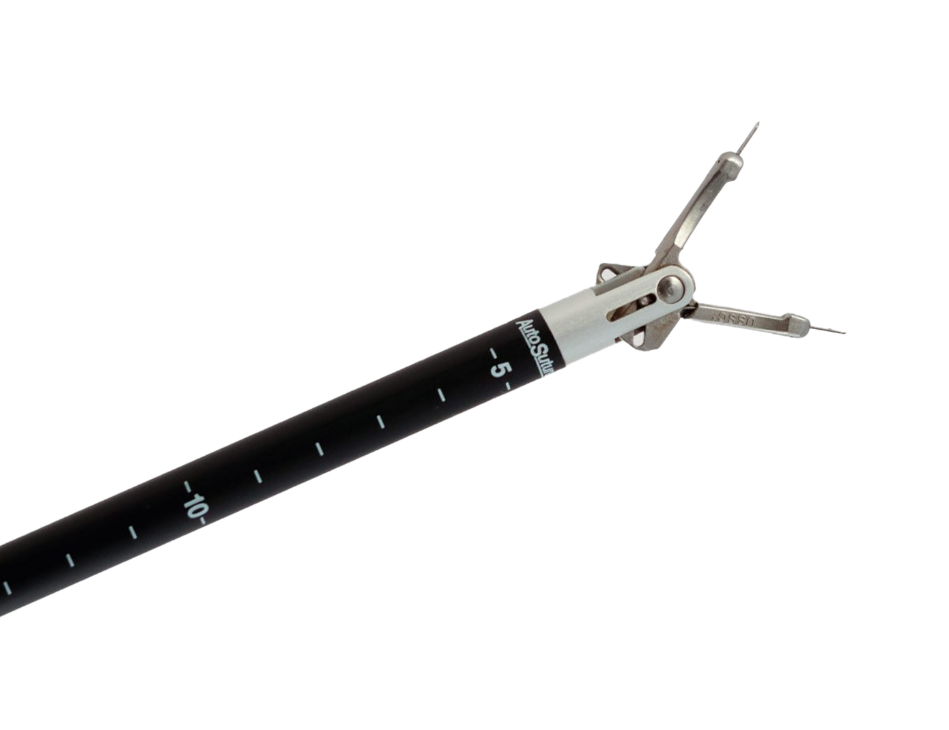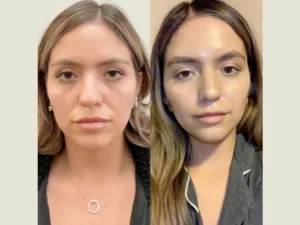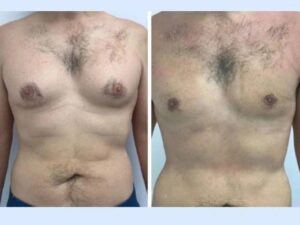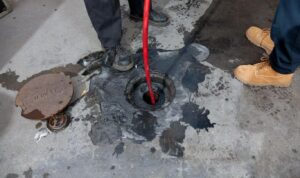
endoscopic suturing device
In veterinary surgery, the adoption of minimally invasive techniques has changed how procedures are performed—resulting in reduced recovery times, less trauma, and better outcomes for patients. A key part of this shift involves the use of specialized tools that allow for precision and control inside the body. One such tool is the endoscopic suturing device, which is proving to be an essential instrument for many procedures in veterinary settings.
Precision Suturing for Minimally Invasive Procedures
Minimally invasive surgeries require tools that perform with the same accuracy as traditional open procedures but within much tighter working spaces. Endoscopic suturing devices are designed specifically for this purpose. They enable veterinarians to close internal tissue with speed and precision, even through small incisions.
These devices eliminate the need to work with loose sutures and needles inside the body, which can be time-consuming and technically difficult. Instead, they come with an integrated needle and suture, allowing for consistent, controlled stitching and easy intracorporeal knot tying. This capability is especially useful when handling delicate organs or tissues within confined surgical environments.
Built for Versatility and Control
The design of the most commonly used suturing devices in veterinary settings offers both flexibility and reliability. With a shaft diameter of 10mm and a length of 36cm, the instrument provides sufficient reach for deep or complex procedures. The large 4mm tissue gap and compression jaw allow it to accommodate a range of tissue types—from thin and fragile to thicker tissue requiring more force. This level of versatility means a single device can be used across multiple procedures.
Advantages of Veterinary Practices
For busy veterinary hospitals, efficiency is just as important as performance. The endoscopic suturing tool helps reduce procedure times by streamlining the most technically demanding part of many surgeries—suturing. This not only shortens surgery durations but also limits patient exposure to anesthesia, which improves safety and recovery outcomes. By standardizing the suturing process, practices can ensure consistency in results and minimize the learning curve for new surgical staff. Additionally, using a dedicated suturing device reduces the risk of complications caused by suture misplacement or knot failure.
Final Thoughts
With the growing demand for less invasive and more efficient surgical options in veterinary medicine, tools like endoscopic suturing devices are becoming indispensable. They offer a reliable, easy-to-use solution for suturing inside the body, allowing veterinarians to focus on precision and care rather than technical complexity. Adopting such tools can help veterinary practices improve surgical outcomes, save time, and ultimately provide better treatment for their patients.




